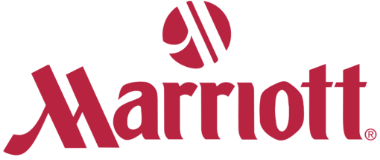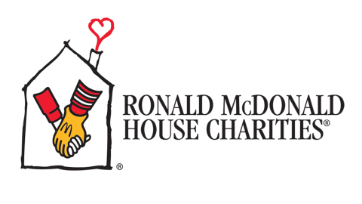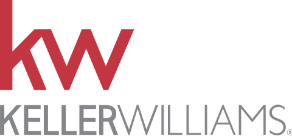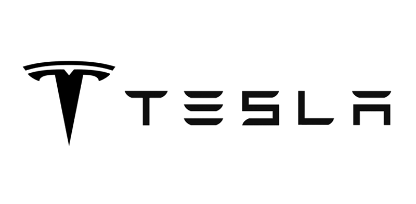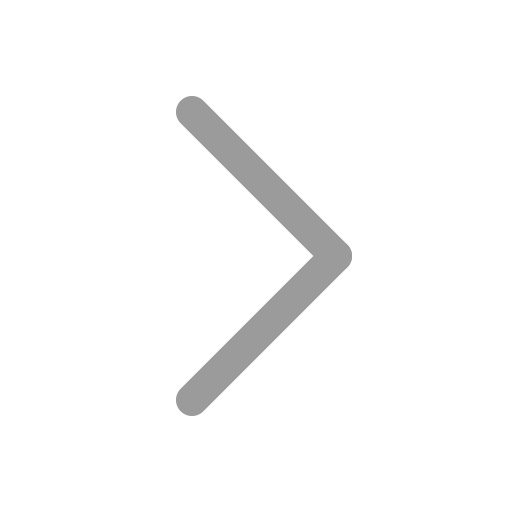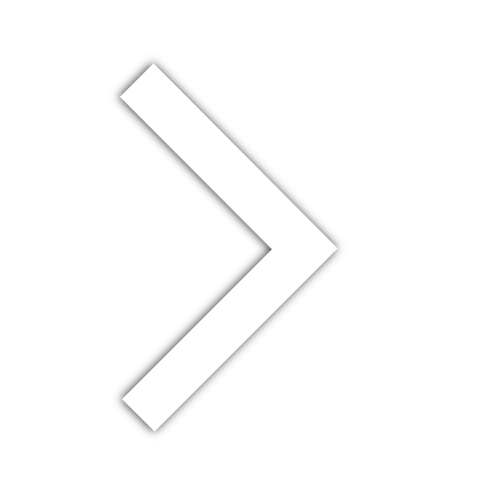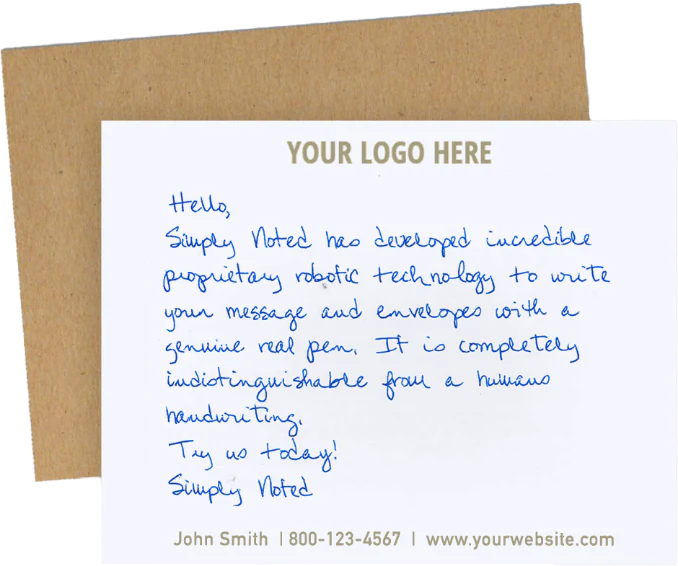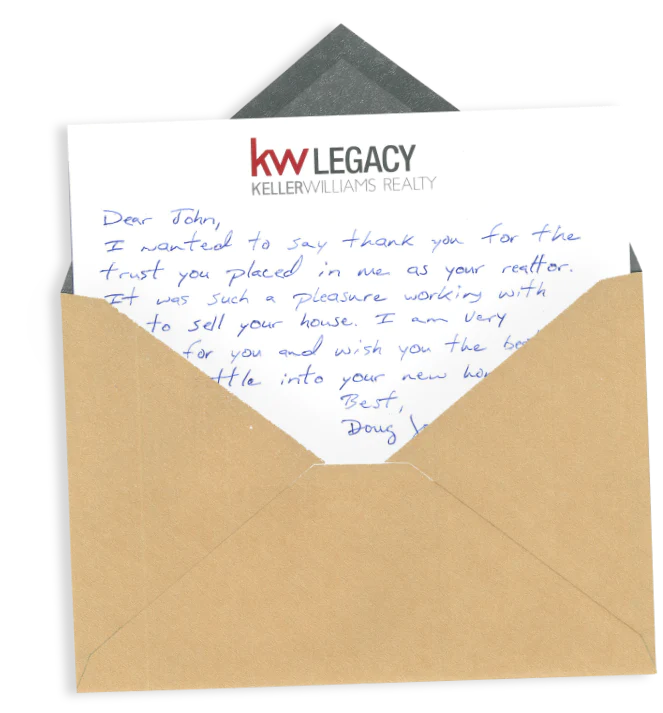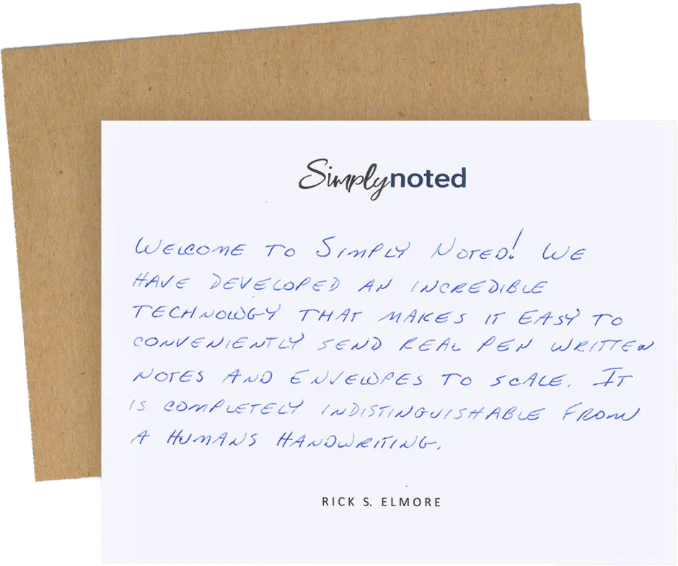How To Write A Thank You Note After An Interview

Sending a thank you note after a job interview might seem like an unnecessary formality, but many employers and recruiters would disagree. According to a recent survey, one in five say that they’ve rejected candidates based solely on the lack of a thank you note. More generally, 80% said that they factor thank you cards into their decision-making process.
Far from a formality, hiring professionals view thank you cards as basic interview etiquette. It’s not that they have fragile egos and require thanks for doing their job. Instead, they understand that sending a thank you card demonstrates that an applicant is self-aware and willing to play by the rules. Sending one certainly won’t win you a job, but not putting one in the mail could negatively impact your chances.
And if you’re going to send a post-interview thank you, you should try to craft as strong a message as possible. Your thank you card is the last impression you’ll leave after your interview, so you want it to be effective.
SEE ALSO: How to Write a Thank You Note - Best Tips and Examples
Why Interview Thank You Cards Are So Important
Beyond the etiquette involved, thank you cards play an essential part in the interview process. Most critically, they provide you one final chance to improve your interviewer’s opinion. You can demonstrate your excitement about the position, show your humility, and reiterate the value you’d bring to the company.
Thank you cards also distinguish you from applicants that didn’t send one. This might seem insignificant, but when you’re one of many qualified applicants, it’s the little details that can make a difference. If the decision came down to you and one other person, and your qualifications were equal, the one that sent a thank you card is most likely to get the job.
In today’s fast-paced world, it’s important to move quickly with your thanks. Sending a thank you email within 24-hours of your interview shows that you’re punctual and reinforces your interest in the position. However, sending a handwritten thank you card as well makes a much more lasting impression. Because it can take a few days for your thank you card to arrive, you should endeavor to send both as quickly as possible.
SEE ALSO: 5 Sample Thank You Cards for Business

ELEMENTS OF A GOOD THANK YOU CARD
You should always customize your interview thank you cards to fit the position, company, and circumstances of your interview, but the structure of your cards can remain constant. Use these common elements with each of your cards, and customize them as needed.
Start With a Thank You
It’s a thank you card, after all, so start by expressing your gratitude. You can thank your interviewer for giving you the chance to apply. Be sure to name the position — busy HR managers are often interviewing for multiple jobs simultaneously. It’s also a good idea to include a detail from your interview to make it clear you were paying attention. Here’s an example:
Thanks so much for fitting me into your schedule so that we could talk about the Senior Copywriter position with XYZ Marketing. It was great to hear about your rigorous research process.
Reiterate Your Interest
Employers want engaged, devoted employees, so in the next paragraph, express your excitement about the position. Then give a specific feature of the position or the company, pulled from you interview, that makes you eager to join the team. You might say thing like this:
After speaking with you I’m even more excited by the prospect of joining your company. I really appreciate your approach to web copy. Like you, I’ve always felt that websites should be short, punchy, and focused on benefits.
It’s possible that your interview made you realize that the position isn’t what you thought it was. If afterward you’re no longer interested, you should mention that here. You’ll save your interviewer some time, which they’ll appreciate.
SEE ALSO: Best Ways to End a Greeting Card

Give A Relevant Example of Your Skills
It’s good to stress how your skills would be useful to the company. List an example of a problem the company might be having, and then detail how your skillset could provide the solution. If you can think of something specific from your interview, use that. Otherwise, find something by researching the company. This is an organic way of working your qualifications into your thank you letter. You might say something like:
We were talking about how your team is having a hard time getting visitors to convert lately and how you thought the copywriting was to blame. Having looked over your recent portfolio, I have to agree. In my current position, we started listing pain points and then addressing them with relevant examples. This got readers engaged and increased conversion by 28%. I’d be happy to discuss that more when we get the chance to speak again.
Express Your Readiness to Help
Make it clear that you’re happy to provide your interviewer with any other information they might require. This is also a good time to remind them of any dates you set to speak in the future. Closing this way helps keep the focus on moving things forward. You might say:
Please feel free to contact me anytime if you need further information to help you in your decision-making. I’m excited to speak with you again next Friday, as we discussed.

Close With a Final “Thank You”
Above all else, you’re writing a thank you card, so bring your message home with a final, heartfelt “thank you.” Short and sweet is all that’s required here. You just want to reiterate your gratitude.
Follow this with a professional sign-off, like “Sincerely” or “With gratitude” and then sign your name. Feel free to supply contact information here, also, to make it easier for your interviewer to get back to you. Here’s an example:
Thanks again for the chance to meet with you!
Sincerely,
Linda Smith
AUTOMATE YOUR THANK YOU CARDS
Handwriting thank you cards can become a hassle if you’re interviewing for positions frequently. Simply Noted can help you get back to the hunt. In the time it takes to send an email, you can type your message into our online order screen. Then our automated handwriting machines will create your card using real ballpoint pens and drop it in the mail. You get the benefit of a handwritten thank you card without the time investment. Give it a try with your next interview!


